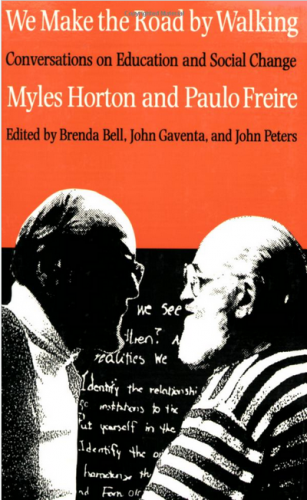Sometimes when you have news it’s hard to know how to tell it, especially when you’ve gone quiet and stopped writing and let things pile upon things until you don’t know where to start.
But hey, I have news. I GOT A JOB.
As of tomorrow, I’ll be Program Lead & Designer for UPEI’s new Work-Integrated & Experiential Learning initiative. It’s a change leadership position, at the intersection of the digital and professional learning portfolios I’ve been working on building the last few years. So that’s cool. And it’s PEI-based, working for and with someone I’ve known and liked ridiculously much for YEARS.
(Though we head to Massachusetts for training Saturday, at the uncivilized hour of 6:30am. We’ll see how much we like each other after ten hours in a car.)
I haven’t had a formal institutional position since my last long-term contract ended in the spring. I’ve had four or five different contract jobs in the interim – some short-term, some longer, some research-focused, some teaching or strategy-focused – but no institutional ties beyond the summer course I taught. That felt weird. Precarity is weird.
Precarity is hard to talk about. And there’s not much time to talk in, if you’re lucky, because you’re busy hustling and delivering and invoicing. And waiting. (I knew about that part. I’ve been speaking/consulting for a good few years now. I hail those blessed institutions who pay people fast).
But I always had at least a part-time institutional position or a post-doc or grad student status, something that sorta legitimated me in higher ed. Low-tier ties, but still. Ties. Then I didn’t.
And so suddenly I found myself hustling twice as hard but it was the precarity that kept me quiet. I did work I loved with government and the public service for the first time this summer. But I didn’t know how to talk about it. I got involved in a couple of formal leadership training initiatives for the first time. I led workshops on social media and digital literacy and professional learning, in addition to teaching and speaking and facilitating #DigPed Vancouver. I even designed and led a province-wide participatory event called #LearnDay, as a volunteer gig.
But I didn’t blog about it. Because I didn’t know how to talk about it here.
Not just because precarity is weird but because higher ed continues to feel more like a zero sum game every day. Not all narratives or career paths are legible to those whose labour is more protected than mine has been. And when the end of your story or trajectory is not clear, it is easy for others with more power to write you off, thus limiting your capacity to continue to BE viable outside an institutional identity.
But I am beaming tonight because literally just about EVERY wild little side hustle I’ve ever taken on will inform and enhance my capacity to do this job I start tomorrow. Because it’s that kind of job. Messy. Broad. Uncertain. Exciting.
I’ll still be precarious after tomorrow. My contract is only a year. I still don’t know whether there’s scope for research capacity in the role. But I’m grateful to have the opportunity.
I am also embarrassed by my own giant sigh of relief at sliding back under the falsely protective wing of institutional identity. But there it is. Phewf.
And that’s the news, as is fit to print. It’s a start to finding a place to speak and write from again, I hope.
***
(It’s also an opportunity to ask if any of you have ties to Work-Integrated or Workplace Learning programs or Experiential Learning programs that I should be checking out, as my role will be to work with my team and with campus and the broader PEI workforce to develop a model. SEND ME ALL YOUR GOOD THINGS. THANKYOU.)















